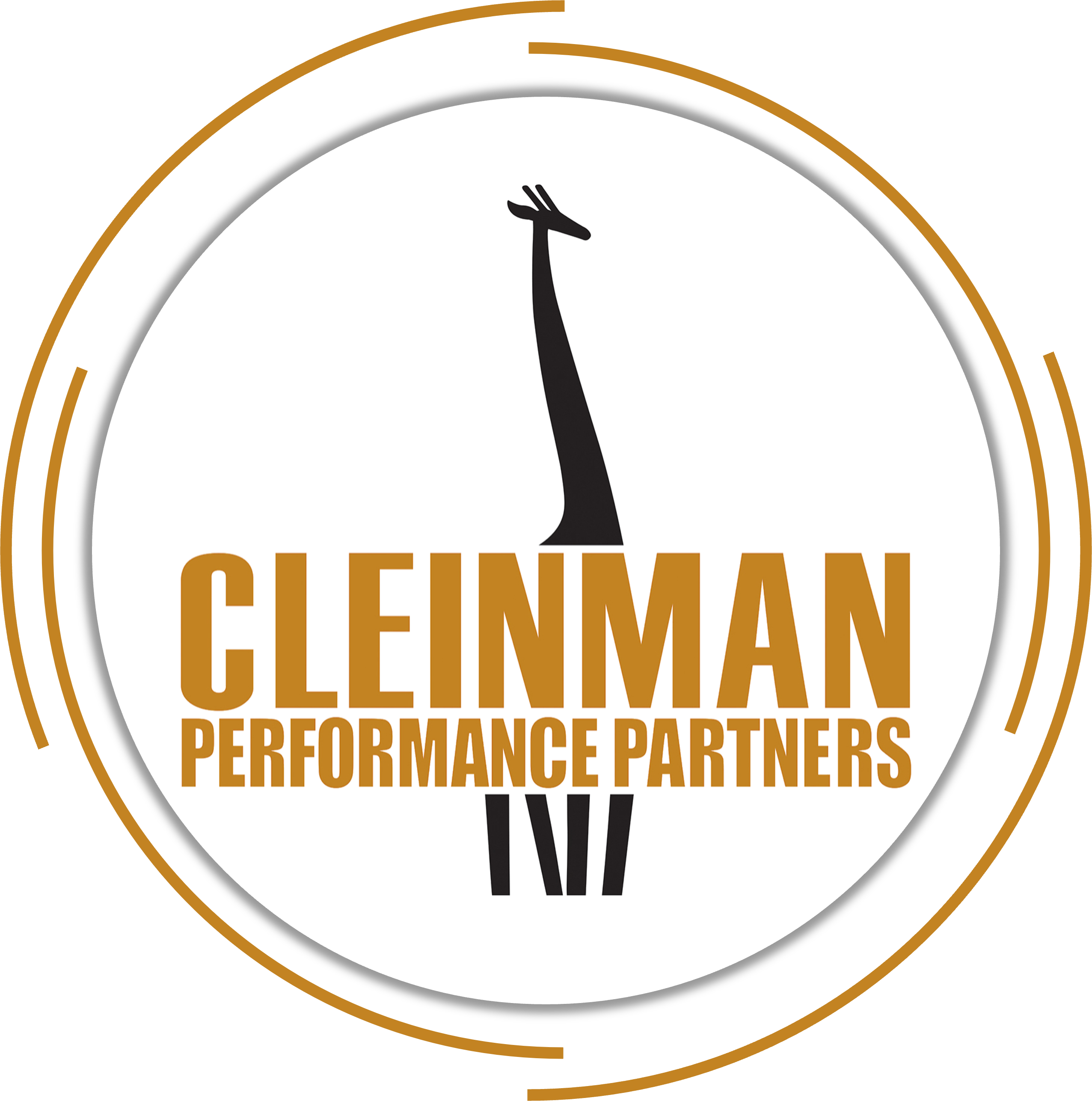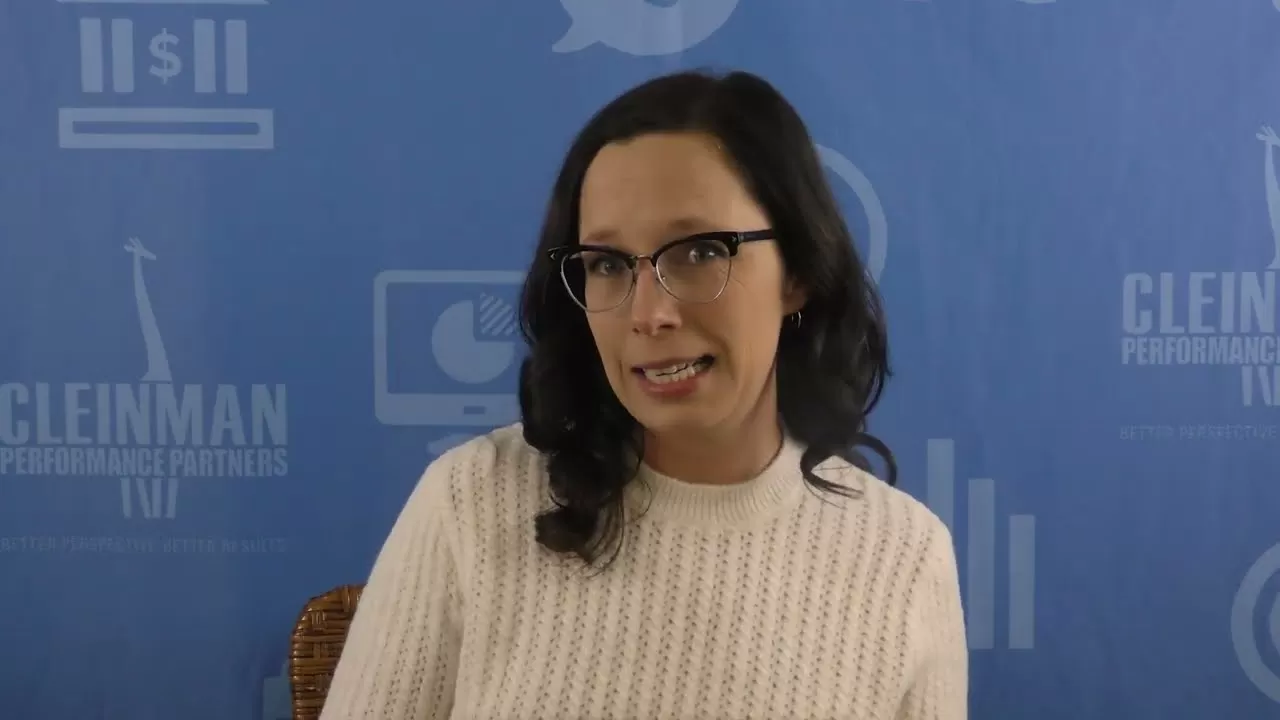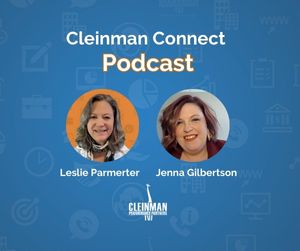Through the wonders of communication technology and thanks to my many friends in Canada, I provide below a letter circulated by the Canadian Association of Optometrists from Dr. Al Ulsifer, CEO and Founder of FYidoctors.
In the interest of debate, I have taken the liberty of including my opinion to Dr. Ulsifer’s letter in response. I provide this as a service to Canadian optometry and mean no disrespect to Mr. Ulsifer, FYidoctors or even VSP. I believe that VSP is an amazing business model, but also that their strategy is in deep conflict with the long term best interest of private optometry and the vision care industry. I provide my opinion based upon my many years of experience with vision plans. In 1985, I founded the precursor to one of today’s larger U.S. vision plans, have in the past sold vision plans to many employer and insurance groups, and have written and spoken extensively on the subject. In our consulting work with many of North America’s most successful, and troubled, optometry practices, we have worked to neutralize the negative impact of vision plans. I have written about the subject of vision plans extensively on this blog. If you’ll click on the subject area on the right, you’ll find all my VSP and Managed Care posts.
Thanks for the opportunity to share my perspective. I do so in the interest of helping my readers make the most informed decisions possible.
__________________
I have no doubt this came as a surprise to many. After all, why would any optometry group agree to opening up an American type of vision care platform in Canada where optometry has no control over its own fees and essentially its own destiny? Well the reality is that FYidoctors has not brought “US style managed care” into Canada as many may currently fear.
To keep things simple and to the point, I will in bullet point form outline the key areas of interest and the details around them. These key points are as follows:
- The platform for Canada is unlike any other in the world. It is an equally owned joint venture, with defined responsibilities between the two groups; an insurance company and a provider group.
Cleinman: VSP was originally wholly owned by the California Optometric Association and originally built by optometry and for optometry. Along the way, the association’s control was replaced by staff. Today, VSP has neither shareholders nor members with any control. VSP’s actions clearly communicate that VSP cares solely about VSP. In my opinion, FYidoctors has naively provided a “fox in the henhouse” situation in Canada. Without Providers, VSP cannot operate and realize the significant profits that they enjoy off the backs of their providers. As the saying goes, “for warned is fore-armed.”
- In this arrangement, VSP does not have the ability to control fees as many people fear. All decisions around fees need to be agreed to by FYidoctors. Exam fees continue to be set by the provider regardless of whether they are on the panel. If there is an exam allowance, doctors will be free to bill the balance to the patient.
Cleinman: I applaud FYIdoctors’ approach based on this messaging, but the strategic question remains. Why would you provide any kind of platform to an enterprise who’s clearly going to make a move to sell your patients eyewear directly…as they are now effectively doing in the U.S? (See “Forewarned is Fore-armed” post of November 7, 2012)
- Another fear is that it is a strict preferred provider program where patients must go to a panel doctor if they are on the plan. Although there will be an advantage to them to go to a panel doctor, they are free to go to any provider and have traditional coverage on a dollar value basis.
Cleinman: The same is true in the U.S. Any patient is free to go anywhere. But the reality is, today, with +/-100 million Americans covered by some form of vision plan, the first question of a patient is “do you accept my insurance.” In my opinion, FYidoctors is providing the beachhead that VSP will use to establish long-term brand destruction for private practice optometry.
- For doctors who are on the panel- patients will have available a guaranteed offering of a single vision and progressive product that would be “fully covered” on most plans. This is the value proposition for both patients and employers. These will include name brand frames and high quality lens offerings. FYidoctors and Vision Source, through their vertical supply chain, are able to offer this product at a value proposition that works both for the patient and the OD. This value proposition, and ability to join the panel, will be extended to doctors outside this group in many cases and this process will be managed by FYidoctors.
Cleinman: As mentioned above, in my opinion, the makings are in place for all providers to now find each other at a lower level (see blog post of October 10, 2013). In the absence of anything else, price prevails. Providers will now focus on handling more patients, at a higher operational cost, with more stress and less professional satisfaction…all at lower margins. This is not an Rx for success based upon the clear results of a twenty year takeover of eyecare by VSP in the United States. The question you must ask yourself is “why?” Why does private practice need to sell out to this type of program? To what end?
- All FYidoctors locations will be on the panel. It will be optional for Vision Source doctors to join the panel or not. There will not be a campaign to draw doctors on the panel. We are well covered in Canada. Having said that we will entertain any request to be part of the panel. Again this process is the responsibility of FYidoctors under the joint venture.
Cleinman: As mentioned above, all providers will meet themselves at a lower level. You’ll work harder and longer to stand still. You’ll experience wear and tear on yourselves, your staff and your facilities to chase a few patients who now can buy something they value (vision care) for a few bucks less. Today, in California as but one example, the majority of providers are effectively owned and controlled by VSP. While I actually applaud VSP’s business model as the epitome of shrewd, it’s not a healthy model for anyone other than VSP. That includes the vendors that currently supply and support you. They too, will be negatively impacted by VSP since they control their entire supply chain.
- There is a fear that once the program is established, that VSP will eventually break the agreement and begin to dictate fees. This is not their intention but regardless, this is prevented in the agreement. Some may doubt this but significant legal due diligence has been completed around this point.
Cleinman: VSP was originally owned and controlled by private optometry in the U.S. The profession, in some mysterious way, lost that control and was subsequently sold down the river by their “friend.” Ask any U.S. optometrist other than their board members and those who fear retribution about VSP’s intentions and they’ll give you an earful. If FYidoctors is so astute and so skilled to have closed on an ironclad contract that provides for HUGE damages in the event that the agreement is broken or the “intent” changes…good for you. If that’s the case, I encourage you to go transparent on your agreement with VSP so that any provider can understand the underlying agreement. What you’re offering is similar to a sub-lease. No astute business person would ever sign a sublease without reviewing the underlying agreement. Don’t do it!
- There is no financial ownership in FYidocters by VSP or by any other industry or non-industry group as part of this or any other FYidoctors transaction. We remain completely independent.
Cleinman: That’s exactly the story that was told to U.S. providers. Today, any provider who’s practice is more than 30% VSP (and there are thousands and thousands) is effectively owned and controlled by VSP. There’s brilliance in their approach. They can control you, suck the financial life out of you, effectively force you to sell their products, sell their plan directly to your individual patients and never put out a dime to purchase a bricks and mortar presence. Then, when they’ve built up a significant number of beneficiaries, they’ll add to the network those retail providers whom you’re currently fighting (as they have in the U.S. with Costco and Walmart). BRILLIANT!
- The program will be marketed to employer groups in the hopes of encouraging more patients to seek our affiliated and unaffiliated locations that are part of the program versus the many other options out there
Cleinman: Think of the discounts you’re about to give to patients as a marketing cost. Today, in the States, the number one expense in private practice isn’t cost of goods or staffing…its vision plan write-offs. Ask any businessman their opinion of a business investing more than 30% on marketing.
Take those same dollars and invest them in building a brand of excellence and communicating the reason why everyone should have their eyes examined and wear the latest in lens technology. Hire outstanding staff and train them to deliver on YOUR brand. You’ll be money, brand awareness and satisfaction ahead.
And don’t think that VSP will only call on employer groups. Of course, their rationale is that you’ll provide employer groups with a discount and make it up with both volume and fee-for-service, non-covered patients. Know that in the U.S. VSP is now running commercials (see “Optometry Provides No Value” post of September 16, 2013) that sell their insurance direct to individuals. They do this while actually communicating that the consumer’s current doctor is likely ripping them off for as much as $200. Want to destroy the brand of optometry? This is the way to do it.
- Support for this venture “internally” with our doctors has been overwhelming. Their fear of VSP and the many managed care groups in the USA was not about the value proposition or success of the programs, but loss of control. Those fears are taken out of this equation in this innovative new venture and they now see it as an opportunity to grow despite the many competitive challenges we all face in contemporary optometric practice.
Cleinman: As mentioned above, you have a fox in the henhouse. CAO members and your providers’ fears are well-founded. Nothing you’ve provided herein delivers any assurances that what has occurred in the U.S. is not going to happen in Canada. VSP does a yeoman’s job of communicating their value to your practices. They do so while being totally and unabashedly self-serving (good for them…just be honest about it).
To answer the question why, it is quite simple. There are growing pressures on traditional optometric practices with very few options to combat these threats on our own. Despite the perception of security of some doctors that things will not change in our profession, we believe change is inevitable and innovative action such as this program, and frankly the many more initiatives either announced or yet to come, are simply essential for long-term prosperity.
Cleinman: In the absence of anything else, price prevails. There’s nothing innovative in communicating to consumers that the third most feared loss (loss of vision) and some of the most amazing technology known to man (premium lenses) and fashion forward eyewear can only be sold as a result of a discount. Take those same cumulative millions that you’re going to throw at VSP and write-offs and invest half of those dollars in effective marketing of your brand and your chosen products. We have an industry full of amazing products and services. Tell YOUR brand story…don’t give up your brand to someone else’s strategy (See “We have seen the Enemy” post of October 10, 2013).
The optometrists who have joined FYidoctors are varied and include many leaders of the profession. We are conscious of protecting the interests of our patients first and foremost but also in ensuring the strength of independent optometry. This requires a clear vision of contemporary and future competitive threats to our autonomy.
Cleinman: The most critical competitive threat is the commoditization of your products and services. The most effective way to successfully commoditize your products and services is through Vision Plans. But they can only accomplish that with providers. Without you, they can’t destroy your brand. With you, you’ll remember my words in a very few years.
In summary, I recognize that an announcement such as this is of significant interest to our profession and I thank the CAO for the opportunity to provide the facts. I am happy on an individual basis to answer any other questions my optometric colleagues would have. Feel free to contact me at: [email protected] with any questions.
Cleinman: With all due respect, you’ve simply supplied opinion and conjecture. I encourage all readers to join the Facebook group, “ODs on Facebook” and ask these questions of your American colleagues.
VSP and Vision Plans is a drug you don’t need (see “Just Say No” post of April 23, 2012).




